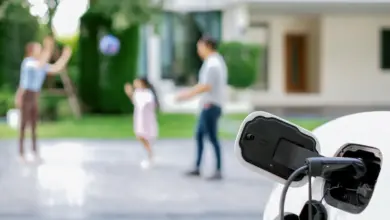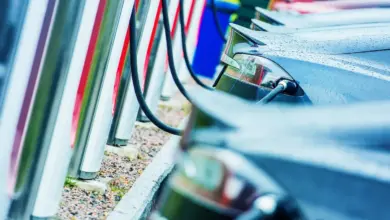What Happens To Old Electric Vehicle Batteries?
What Happens To Old Electric Vehicle Batteries When Disposed Of?
The rise of electric vehicles (EVs) brings with it an important question: what will happen to used EV batteries when they are no longer suitable for powering cars?
This issue will grow in scale as more EVs hit the roads. However, there are promising solutions emerging that give old EV batteries new life through repurposing, and eventually allow for responsible battery recycling.
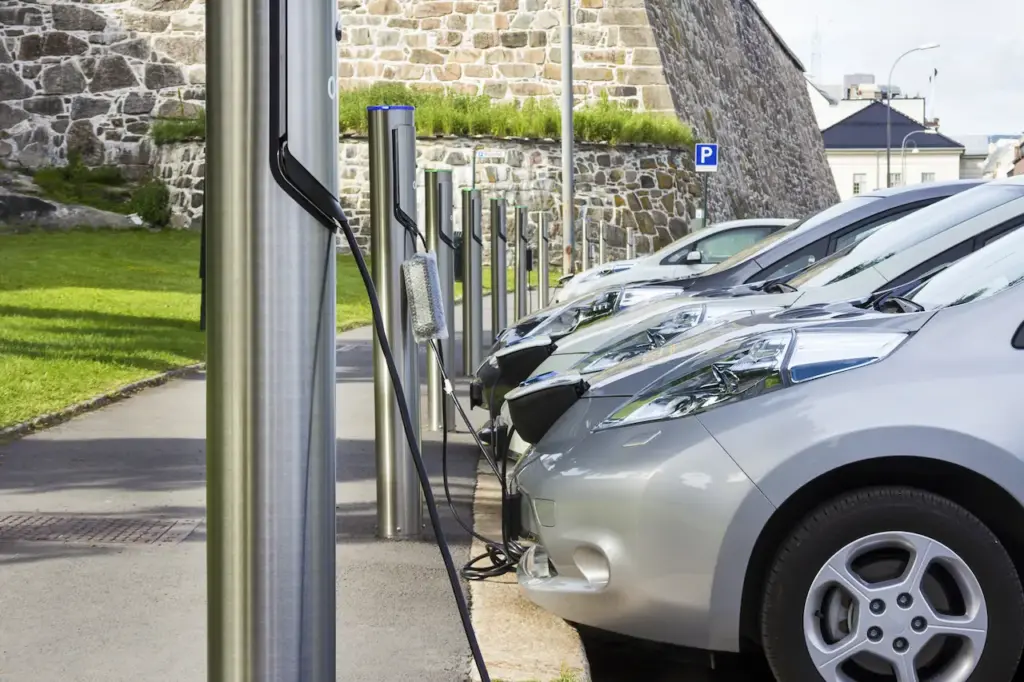
The Lifespan of EV Batteries
Lithium-ion batteries power EVs. They last much longer than old lead-acid batteries found in conventional cars. EV batteries are expected to retain charging and discharging capacity for 100,000-200,000 miles.
Manufacturers typically warranty them for 8 years or 100,000 miles. Properly maintained batteries have a lifespan of 10-20 years in the vehicle.
The battery capacity slowly declines over time and use. Once it drops below 70-80% of the original capacity, the battery is no longer ideal for powering EVs that require maximum range. But there is still useful life left. This is when repurposing the old EV batteries kicks in.
Repurposing old EV batteries
Rather than discard EV batteries when they fall below the capacity needed for cars, auto manufacturers and third parties are finding ways to repurpose them. The used batteries still hold enough charge to be valuable for less demanding stationary energy storage uses.
Repurposed EV batteries can store electricity from renewable sources like solar panels. The stored energy can then help power homes, stores, factories, and more. This gives the batteries a “second life” beyond powering EVs.
Home and business energy storage
Used EV batteries can provide electricity storage for residential and commercial buildings paired with renewable power. For example, Nissan‘s XStorage system takes battery packs from the Leaf EV for home energy storage units.
This allows homeowners with solar panels to store excess daytime solar energy to use at night. Businesses are also installing repurposed EV battery units. Nissan’s old Leaf batteries now help power the Amsterdam Arena stadium.
Toyota uses retired Prius EV batteries to store solar power that runs Japanese convenience store refrigerators and food warmers.
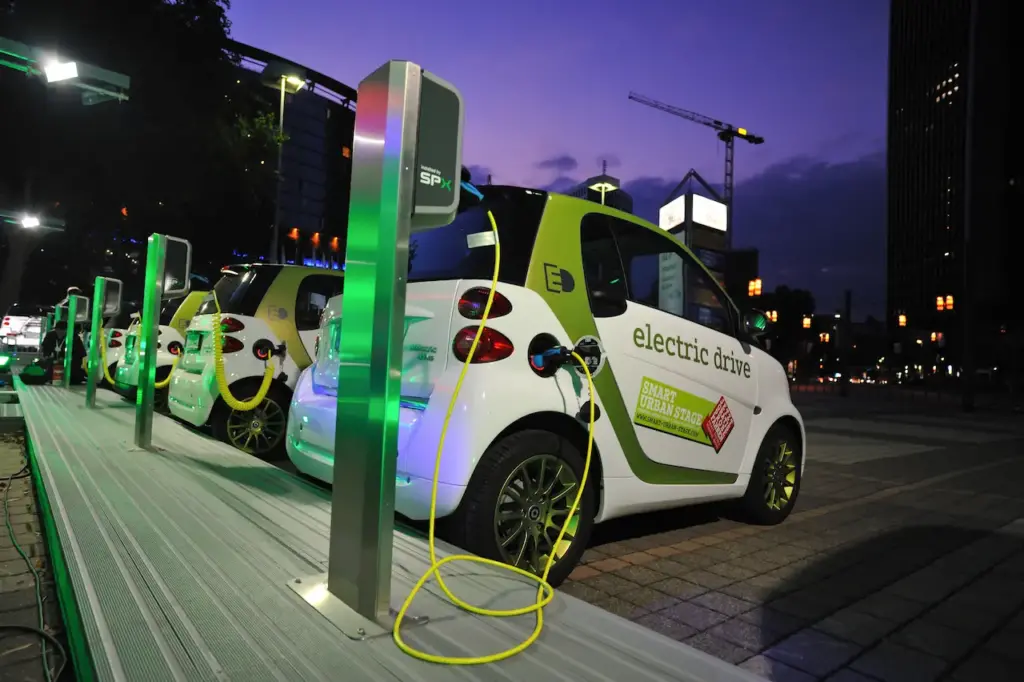
Grid energy storage
On a larger scale, networks of used EV batteries can store electricity to help stabilise power grids. Startups like 4R Energy are creating grid-scale battery networks using old EV batteries. This provides crucial grid services like frequency regulation.
It also allows grids to store excess renewable energy when available and dispatch it when needed.
General Motors and utilities company PG&E are demonstrating a project using retired Chevy Volt batteries to store 500 kW of energy. This provides electricity for rapid vehicle charging stations in San Francisco, reducing strain on the grid. Electric Vehicle Car Charger Installations are just one of the many problems when living in the city and populated areas in units and apartments.
Recycling EV batteries
Repurposing gives EV batteries a second life before recycling comes into play. Recycling is crucial to maximize the use of battery materials and minimize waste. As more EVs reach end-of-life, effective recycling processes will be essential.
Battery recycling challenges
Recycling lithium-ion EV batteries presents some challenges. Their chemistry is complex compared to lead-acid car batteries. The large battery packs contain many individual cells. Separating and extracting all the valuable materials takes considerable effort.
Since EVs are still new, recycling volumes are low. Developing efficient recycling processes requires enough volume to justify investments. As more EVs expire, volumes will increase to support recycling build-out.
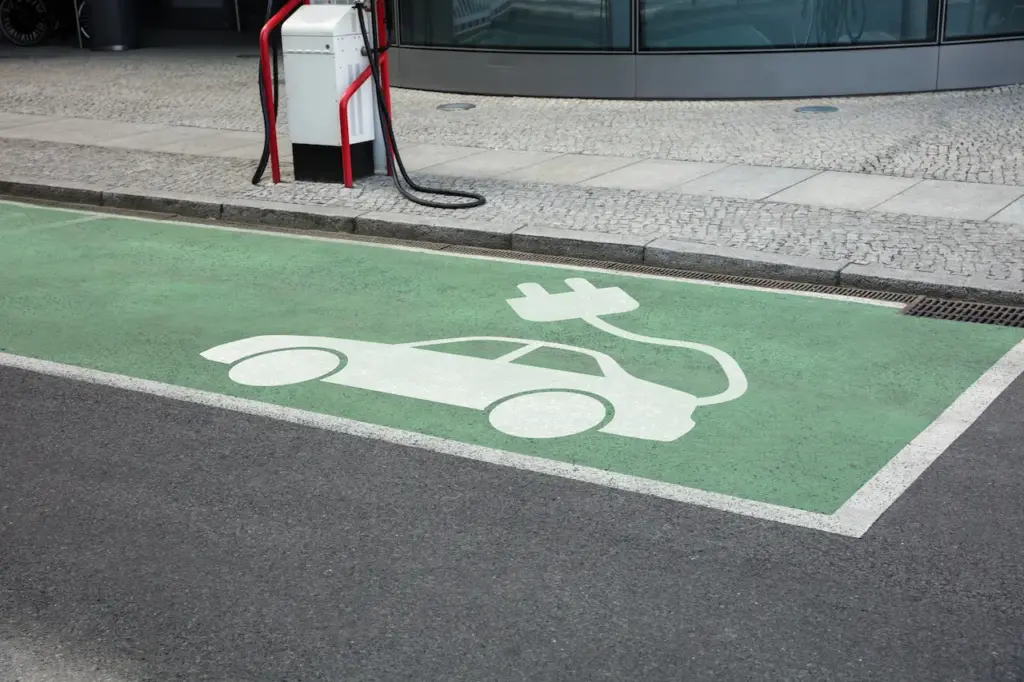
Improving recycling processes
Automakers are working to address recycling challenges. Tesla has recycling partnerships to recover metals like nickel, cobalt, and copper. BMW recycles EV batteries at its plants in Europe. Nissan claims to completely recycle Leaf batteries.
Startups are also moving into battery recycling. Redwood Materials, launched by former Tesla CTO JB Straubel, specializes in battery recycling. They use novel techniques like shredding, sorting, and AI-powered scanning to recover and purify materials.
Governments are also boosting recycling research. The UK recently launched a $10 million competition to improve EV battery sustainability, including recycling. Better designs for easy dismantling and material recovery are a priority. If you are looking at garage rubbish removal, you can’t just throw one of these batteries out. It needs to be disposed of properly.
Responsible for battery sourcing and disposal
Beyond recycling, manufacturers are increasingly focused on responsible EV battery practices from start to finish.
Responsible material sourcing
Extracting battery metals like lithium and cobalt often raises environmental and human rights concerns.
EV makers like BMW, Volvo, and Mercedes-Benz aim to increase battery recycling to reduce new mining. Some support projects to source materials more responsibly from mines with good labor and environmental practices.
Cradle-to-cradle design
Companies also design batteries with recycling in mind. BMW co-developed lithium-ion cells that are easy to disassemble and sort. This “cradle-to-cradle” approach helps batteries fit into a circular production system.
Producer take-back programs
Laws in the EU and some US states make producers responsible for taking back and recycling batteries. This gives companies an incentive to enable battery reuse and boost recycling yields. Some automakers like Nissan voluntarily take back their EV batteries globally.
The future of EV battery reuse and recycling
As EV adoption grows exponentially, effective battery repurposing and recycling will be crucial. Developing these solutions now lays the groundwork for responsible battery lifecycle management as EVs go mainstream.
With improving technology, it’s likely that most EV batteries will be suitable for second-life reuse before recycling comes into play.
Repurposed batteries could help build out large-scale renewable energy storage and stabilization of power grids. Advanced recycling processes will recover maximum materials once batteries fully expire.
Through smart repurposing and recycling programs, auto companies can position themselves as sustainability leaders. Managed well, the EV revolution can drive positive environmental change beyond just vehicle emissions.
Old EV batteries look set to play an important role in enabling cleaner energy and transport systems.
Government policies to support EV battery reuse and recycling
Governments are starting to implement policies and incentives to facilitate repurposing and recycling solutions for EV batteries. These help provide regulatory certainty and encourage investments in this emerging field.
The US and EU have battery producer take-back mandates requiring companies to collect and recycle EV batteries. Financial incentives like grants and loans support R&D in advanced recycling processes. Some jurisdictions ban hazardous battery waste from landfills.
The UK’s new $10 million competition to improve EV battery sustainability will fund innovations in repurposing and recycling. Governments are also supporting pilot projects to demonstrate how reused EV batteries can boost grid energy storage and renewable integration.
Strong policy frameworks will help scale up repurposing and recycling as EVs enter the mainstream. They ensure programs are in place to manage the huge numbers of batteries nearing end-of-life in coming decades.
Public education around EV battery reuse and recycling
For responsible EV battery lifecycle management to succeed, public awareness and buy-in are essential. Automakers and governments need to educate consumers about battery reuse and recycling options as EVs gain popularity.
EV marketing should highlight how batteries get a second life before recycling. Explaining these processes can assuage consumer concerns about batteries ending up in landfills. It can position EVs as a boon rather than a burden for the environment.
Dealerships should inform buyers upfront about how expired batteries can be returned for repurposing and recycling. Providing convenient take-back programs builds customer trust and participation.
Outreach through media campaigns, school programs, and public transit ads can share sustainability messages around EV batteries. Accurate information will empower the public to join the responsible battery revolution.
Conclusion
The rise of EVs brings concerns about spent lithium-ion batteries headed for landfills. However, promising solutions are emerging to extend battery lifecycles through repurposing and recycling.
After powering EVs, old batteries are gaining second lives storing energy for buildings, grids, and charging stations. When reaching final expiration, new recycling processes recover valuable battery materials for new cells.
With the right strategies, old EV batteries can enable wider use of renewable energy and the transition to electrified transport. Developing repurposing and recycling technology today will allow responsible battery lifecycle management as EVs achieve mass adoption. What once seemed an environmental threat is quickly becoming an opportunity.


